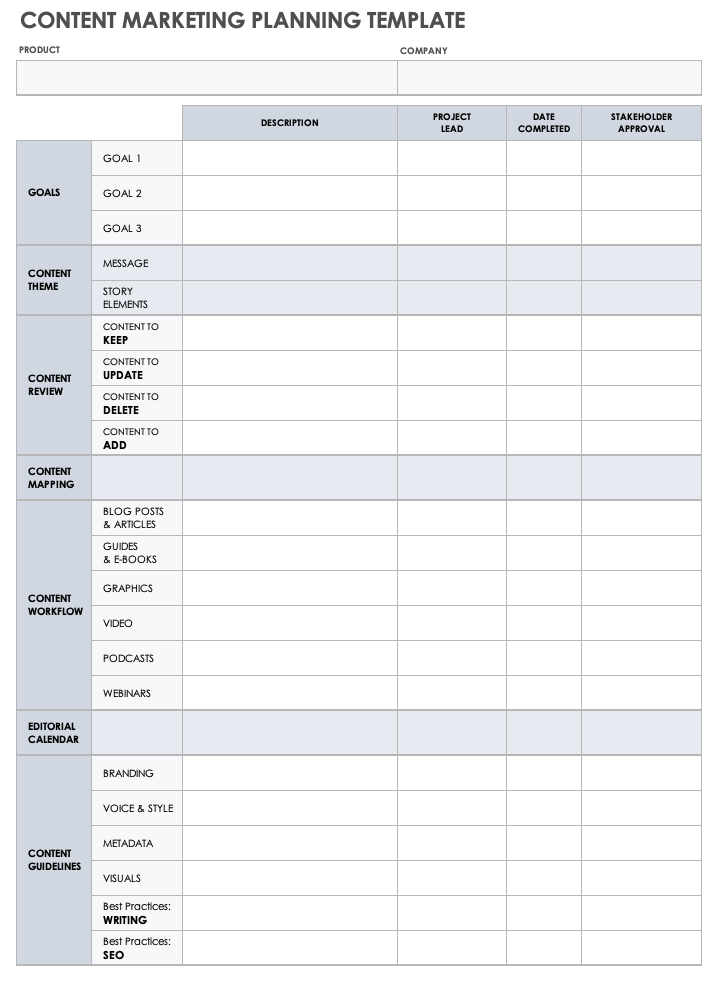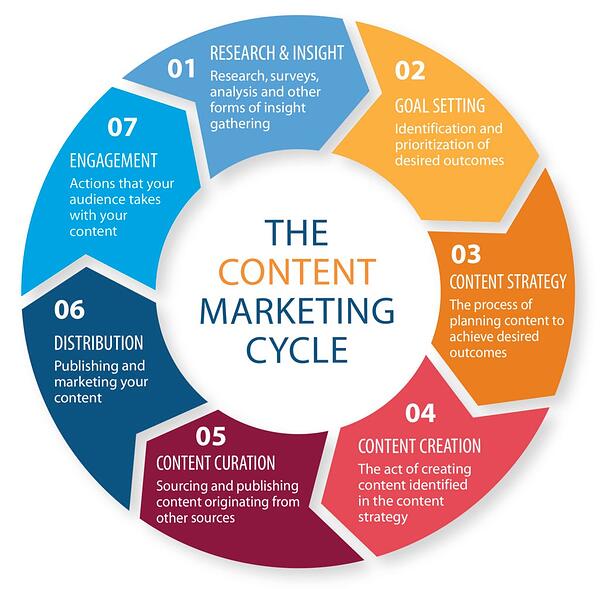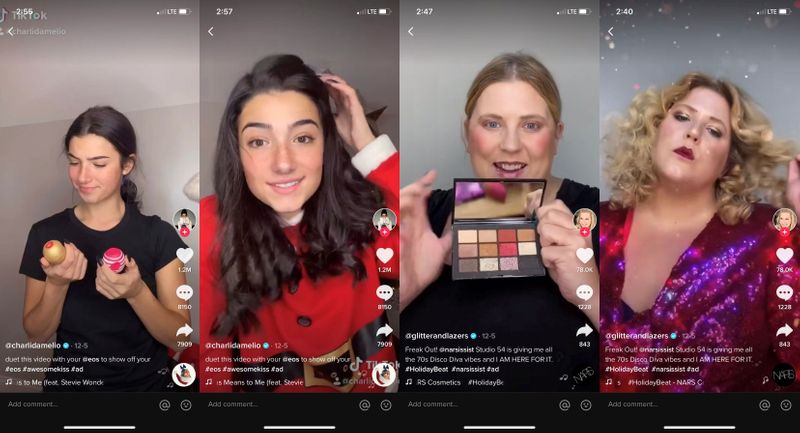
Email marketing tools enable businesses to send targeted, personalized emails. These tools can also be used by marketers to optimize and manage their email campaigns through automation, analytics, and other features. These tools are powerful tools that enable businesses to engage customers via email and SMS.
Mailchimp offers a wide range of features that make it easy for marketers to create and send customized emails. With a drag and drop editor and customizable templates, users can easily create professional looking emails with ease. Moreover, Mailchimp has dozens of ecommerce integrations, including the ability to target customers based on their purchases. Mailchimp also provides a variety of automation options, including date-based, transactional and smart content.

Sender is a free email marketing tool that allows users to create beautiful newsletters without the need for HTML knowledge. Its robust analytics feature builds accurate buyer profiles and tracks email opens. It also features a dual view feature that allows users to see their emails before they are sent. You can view your emails on a desktop, mobile device, or email client to make sure they get delivered correctly.
Moosesend is an all-in-one email marketing tool that allows users to build email lists, design responsive and interactive emails, and increase click-through rates. It also features a drag-and drop editor and built-in benchmarks which make it easy for users to create high-performing campaigns. Users can segment their email lists to identify who is sending them emails, as well as design appealing newsletters.
Klaviyo also offers an intuitive drag-and-drop editor, multiple web forms, and multi-step forms. The platform offers chat and email support. It can also be used to create behavioral, transactional, and automated email campaigns. It also has an SMTP server that allows you to send order notifications and invoices.
Keap can also be used to help businesses create automation workflows. Besides its email marketing functions, the tool also allows users to customize their CRM data and trigger events. Users can add team members to the tool and send emails based upon a variety actions. However, this platform is less intuitive than HubSpot and doesn't have the same functionality as the other email marketing tools on this list.

HubSpot, an popular email marketing tool has many useful features. These include a drag & drop editor and advanced CRM environment. It provides an email score and offers suggestions on how to avoid spam filters. To personalize their emails, users can select from a range of email templates. They can customize the layout and add smart content. There are also several other features, such as customer journey automation, CRM integration and more.
Finally, there are a few free email marketing tools that have more capabilities. Mailjet, an example, is a comprehensive and affordable email marketing tool that improves deliverability, integrates seamlessly with a variety third-party apps, and can be purchased at affordable prices.
FAQ
What is strategic copy marketing?
Content marketing refers to the art of creating quality content that can be shared across all channels. It's all about giving people exactly what they want. The best companies are those that get this.
Strategic Content Marketing gives you the ability to provide exactly what your clients need at precisely the right time.
It is important to understand what people care about, and to listen to their thoughts. Then, create high-quality content to answer their questions and solve their problems. This builds loyalty and trust. It also ensures you are available to them when they have a need for your product or services.
What's the main purpose of content marketing
Content marketing is about creating valuable and relevant content for customers. This can be done via email campaigns, blog posts, white papers, and other channels. It is important to provide value to your target audience.
What if I post only links to other sites' content.
Yes! This is link building. Linking back to another site's content is a great way to increase traffic to your site. Links to credible sources should only be included.
What is Content Marketing without an Agency?
No! There are many online tools to help you create high-quality content. Agency services are often expensive.
What is content marketing?
This strategy involves creating relevant and valuable content for your blog or website. This content can be text, images, or infographics. It helps to keep customers interested and attract new ones.
Statistics
- Progress indicators (0–100%) allow each team member to see how attainable each goal is and understand what remains to be accomplished. (semrush.com)
- According to research compiled by Coschedule: Companies that publish 16+ blog posts a month get as much as 3.5x as much traffic as those that publish 0-4 posts a month. (criteo.com)
- An example of an overarching goal could be: "In 2022, we want to achieve a 20% increase in revenue created by organic content and generate 15,000 MQLs with a budget of $30,000." (semrush.com)
- To further show the importance of this, 89% of people have stopped doing business with a company because of a poor experience. (neilpatel.com)
- This marketing strategy landed Ford a 15.4% conversion rate. (neilpatel.com)
- According to our research, 65% of companies with very successful content marketing in 2021 ran content audits at least twice a year. (semrush.com)
- Out of the 1,500 marketers we surveyed for our State of Content Marketing report, 78% who felt their content marketing strategy was exceptionally effective in 2021 had documented their strategy. (semrush.com)
- We found that 40% of businesses don't have a documented strategy yet. (semrush.com)
External Links
How To
Infographic Creation Tips for Content Marketing
Infographics make complex concepts simple and easy to understand. Use infographics as a tool to promote your content marketing message.
For creating an infographic you'll need software such as Adobe Illustrator and Photoshop. You can use these programs to draw out different shapes and elements to represent your data, then add colors and fonts to make everything look nice. Once your design has been created, you can start uploading images from Unsplash/Pixabay to incorporate into it.
Looking at other infographics online can help you get ideas. To show how many calories certain foods have, you can use a picture of a pyramid to illustrate this. You could also replace the numbers with images of the food. You might also want to calculate how many calories are in soda pop. This can be done by taking a picture with a bottle of Coke.
Once you have designed your infographic you can share it via social media channels, such as Facebook or Twitter. This will make it easier for people who don't know the concept to get familiar with it. Include hashtags if you plan to share your infographic via social media platforms. This will allow others to see what you're talking. Hashtags enable users to follow along in conversations related to specific topics.
You can make infographics shorter if your posts are short. A blog post may be 2000-5000 words long. An infographic requires only 500-1000 words. This means that you can convey more information in a shorter space.
Your infographic should be easy to read for some viewers. Use large fonts, but don't overuse color in your infographics. You must also ensure that your text is easily read.
These are additional tips:
-
Use an infographic template. Many templates are available in both printable and online formats. Canva and Piktochart are some of the most popular.
-
Your Infographic is ready. You can use the template to create your infographic. Any media you choose is acceptable for your audience. You might use photos of local restaurants to create an infographic about the best places in Seattle.
-
Add text. After creating your infographic, add text with Microsoft Word, PowerPoint, and Canva.
-
Add Images. You can also add images to your infographic. These images can include charts, graphs and icons. If you want to add a picture, make sure it's relevant to your topic.
-
Make It Interactive. You can also add interactive elements such buttons, maps, links, and other features. This will make it easier for your audience to interact with you.
-
Share. When you're done, share your infographic on social media sites like Facebook, Twitter, LinkedIn, Pinterest, and Instagram.
-
Measure. Do you know how well your infographic performed? Are people clicking through to your website or not? Did they sign up to your email list? What was their reaction when you showed them your infographic
-
Improve. Do you think there are ways to improve your infographics Is there anything you could do better?
-
Repeat. Repeat.